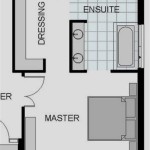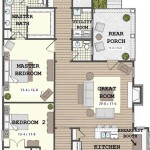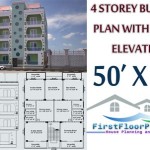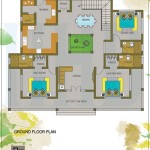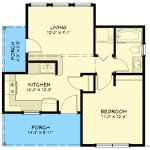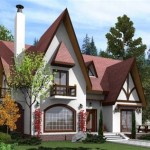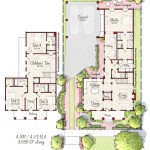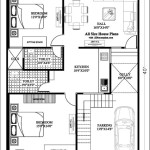Essential Elements of Early American Saltbox House Plans
Saltbox houses, iconic symbols of American colonial architecture, have a distinct charm and historical significance. Their unique silhouette and practical design make them a timeless architectural style. Here are the essential aspects of early American saltbox house plans:
1. Asymmetrical Roofline:
The most striking feature of a saltbox house is its asymmetrical roofline. The front roof slopes steeply from the ridge to the eaves, while the rear roof slopes more gently, creating a "saltbox" shape. This design allowed for a larger attic space, which was often used for storage or sleeping quarters.
2. Central Chimney:
Early saltbox houses typically featured a large central chimney. Made of brick or stone, the chimney served as a focal point and provided a draft for heating the house with wood-burning fireplaces. The placement of the chimney in the center of the house allowed for efficient heat distribution.
3. Wooden Frame Construction:
Saltbox houses were constructed using a wooden frame, typically made of oak or pine. The frames were meticulously crafted with mortise and tenon joints, providing structural stability and durability. The walls were then filled with a mixture of clay and straw, creating an insulating layer.
4. Front Door and Windows:
The front door of a saltbox house was typically plain and unadorned, located on the side of the house where the roof slopes gently. Windows were small and rectangular, often arranged in asymmetrical pairs or triples. The use of glass was limited, and shutters were used to provide privacy and protection from the elements.
5. Floor Plan:
Early saltbox houses had a simple and flexible floor plan. The first floor typically consisted of a large central living space known as the "keeping room," which served as the family's main living and cooking area. Additional rooms, such as a bedroom or parlor, could be added to the ends of the house.
6. Attic Space:
The asymmetrical roofline of saltbox houses allowed for a large attic space. This space was often used for storage, additional sleeping quarters, or even as a workshop. Access to the attic was typically through a trapdoor in the ceiling of the keeping room.
7. Exterior Siding:
Early saltbox houses were typically finished with clapboard siding, which consisted of long, narrow, wooden boards overlapping each other. Clapboards provided weather protection and gave the houses their distinctive appearance. They were often painted in earthy colors, such as white, cream, or gray.
Conclusion:
Early American saltbox house plans embody a fusion of practicality, simplicity, and historical charm. Their asymmetrical rooflines, central chimneys, and wooden frame construction have stood the test of time, making them a beloved architectural style that continues to grace the landscapes of America today.

Saltbox Early New England Homes

Saltbox Houses Minnie Muse

A Twentieth Century Saltbox By Jeanmarie Andrews Early American Homes August 1997 Architectural Components Inc

Vintage House Plans This Week We Are Looking At New England Salt Box Style Homes On The Photos Colonial Saltbox Houses

House Plan 94007 Saltbox Style With 1900 Sq Ft 4 Bed 2 Bath

Beautiful Post Beam House Plans And Timber Frame Drawing Packages

My Old Salt Box Saltbox Houses Colonial House Exteriors Plans

The Farmington Saltbox Classic Colonial Homes

Salt Box House Plan 8112 Sb Home Designing Service Ltd

29 Colonial Saltbox Floor Plans Ideas In 2024 Houses House

